
Airport Travel Assistant
ATA, is an autonomous, compact, and interactive robot working along with any airport Terminal, and can be linked with their product and shops via cellphone, giving you the facilities of reviewing your flying plan, guiding you throughout the airport before your departure and after your arrival up to the connection point or destination.
The product provides support to the user at every moment, like transporting their luggage, taking care of baggage while you are in the bathroom or showing the flight status (ETA, delay, or changes). The device will also count with connectivity support such as wi-fi, as well as electric outlets. All of this to increase the user experience and help them to have a more pleasant flight.
An extensive secondary research was performed, including IoT analysis, User experience, history boards, benchmarking and need finding that helped us to guide correctly our final design choice.
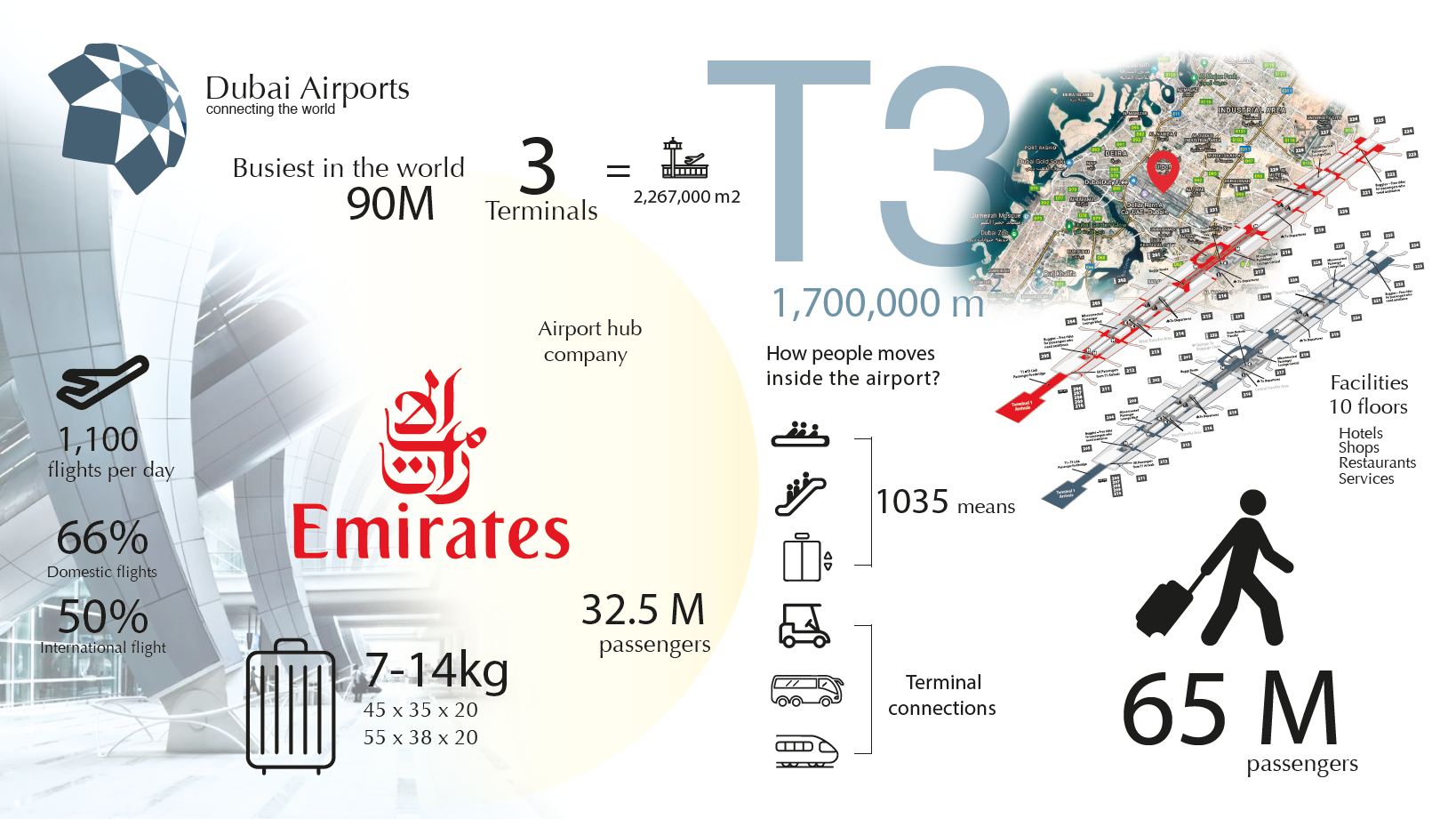
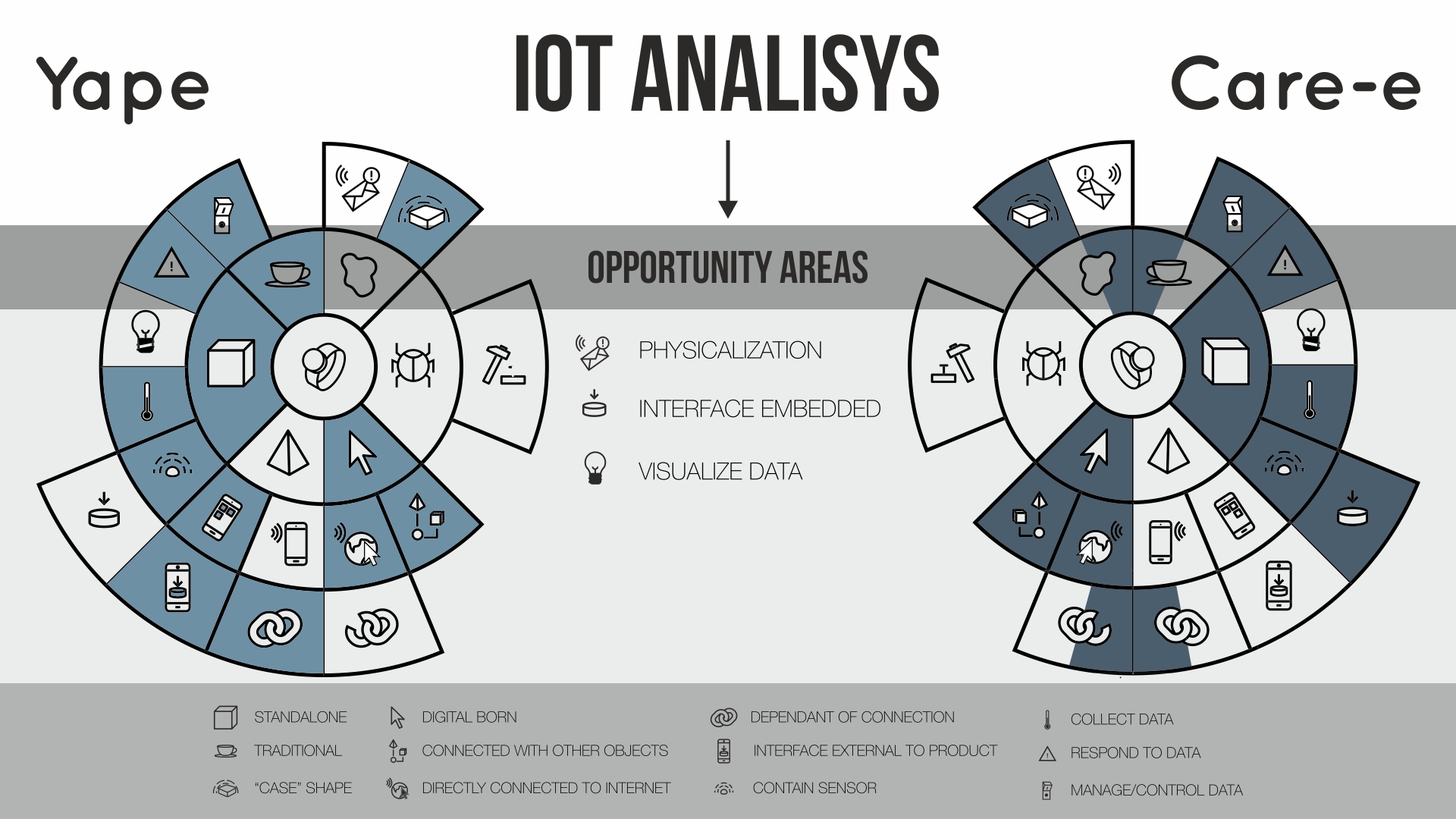
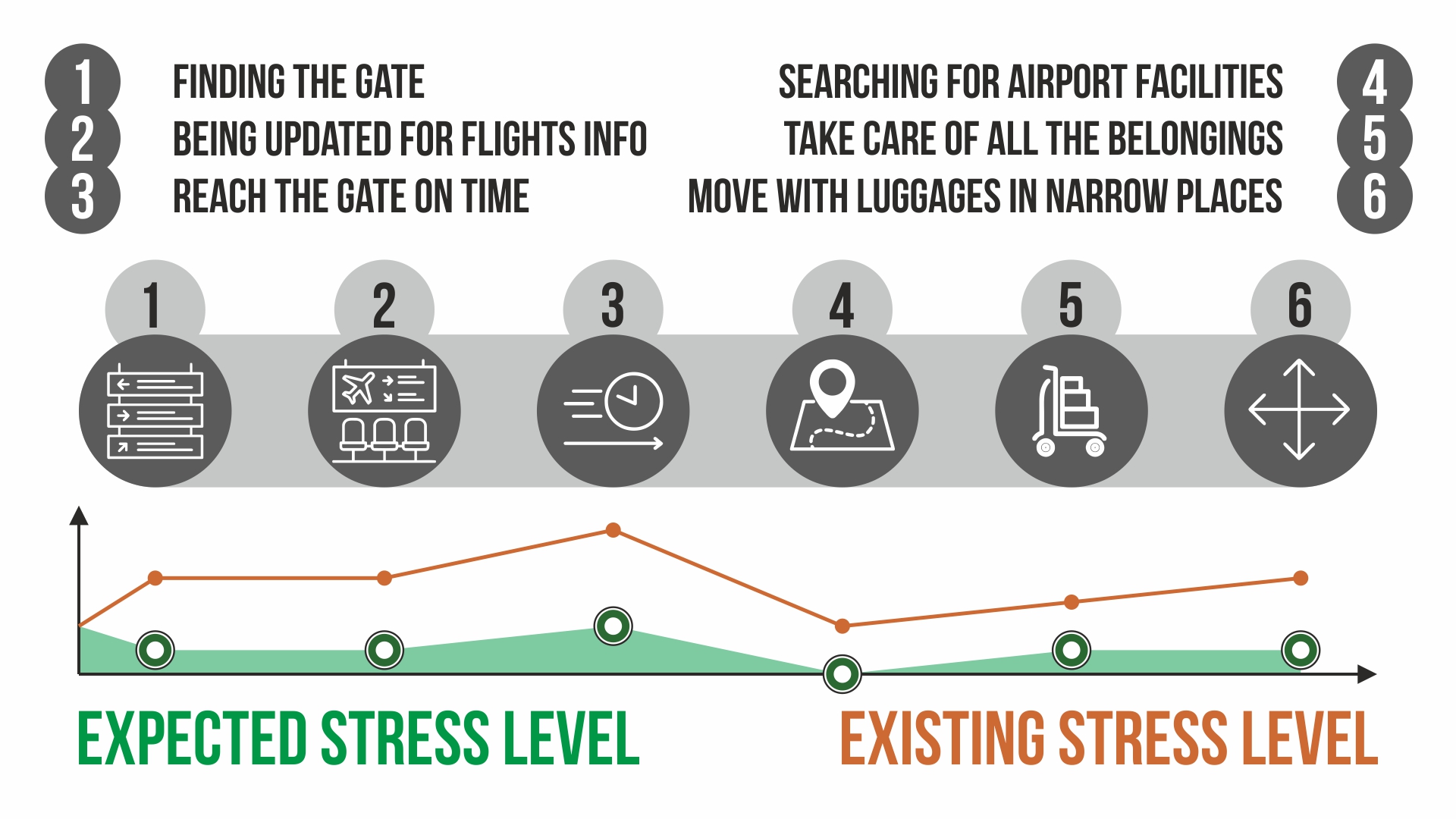
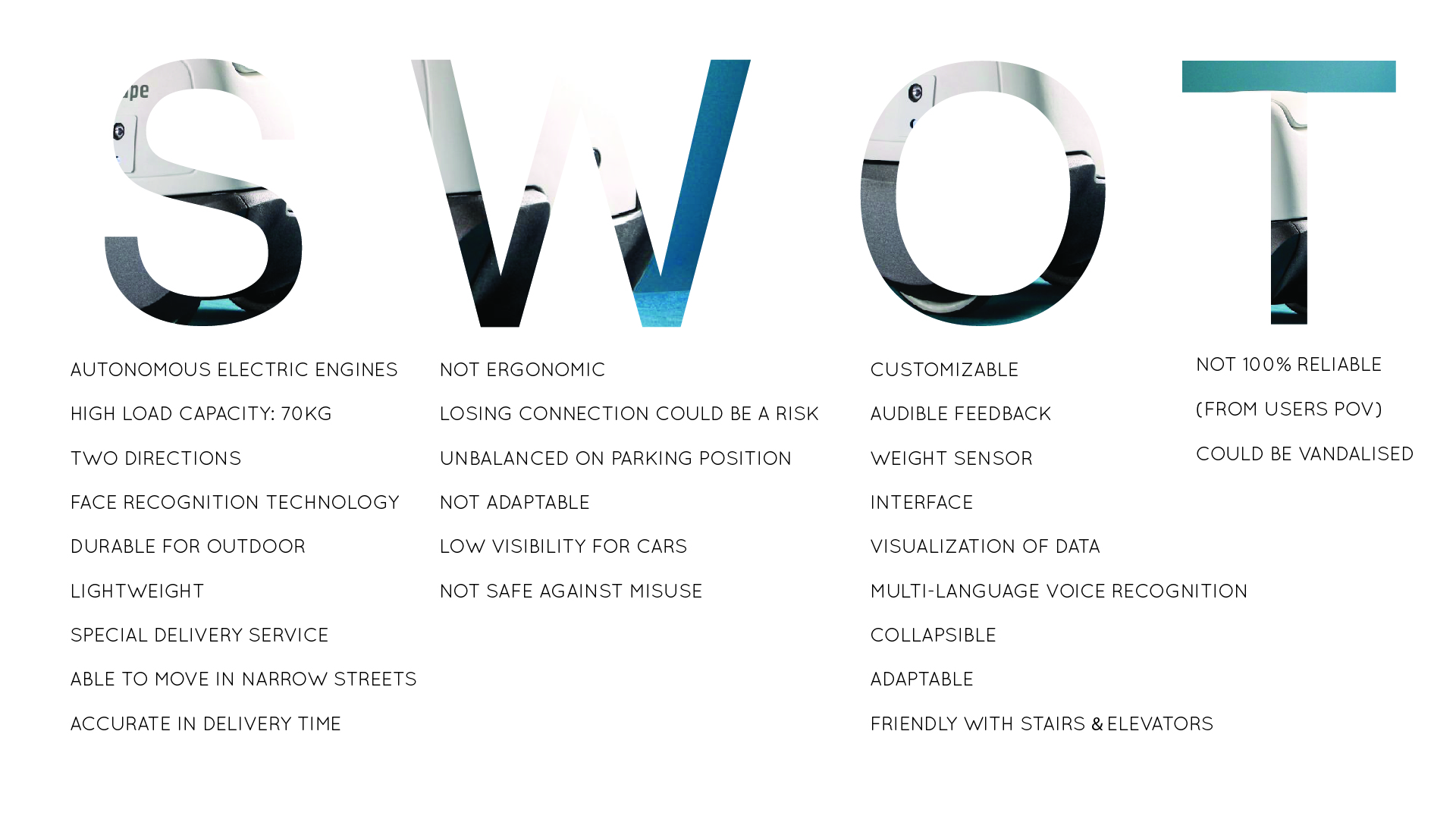
Redesign YAPE allowing it to be an autonomous ‘’Traveler Assistant’’ inside airports, keeping safe and carrying your hand luggage, providing also guidance and support to the user inside the terminals with an intuitive interface.
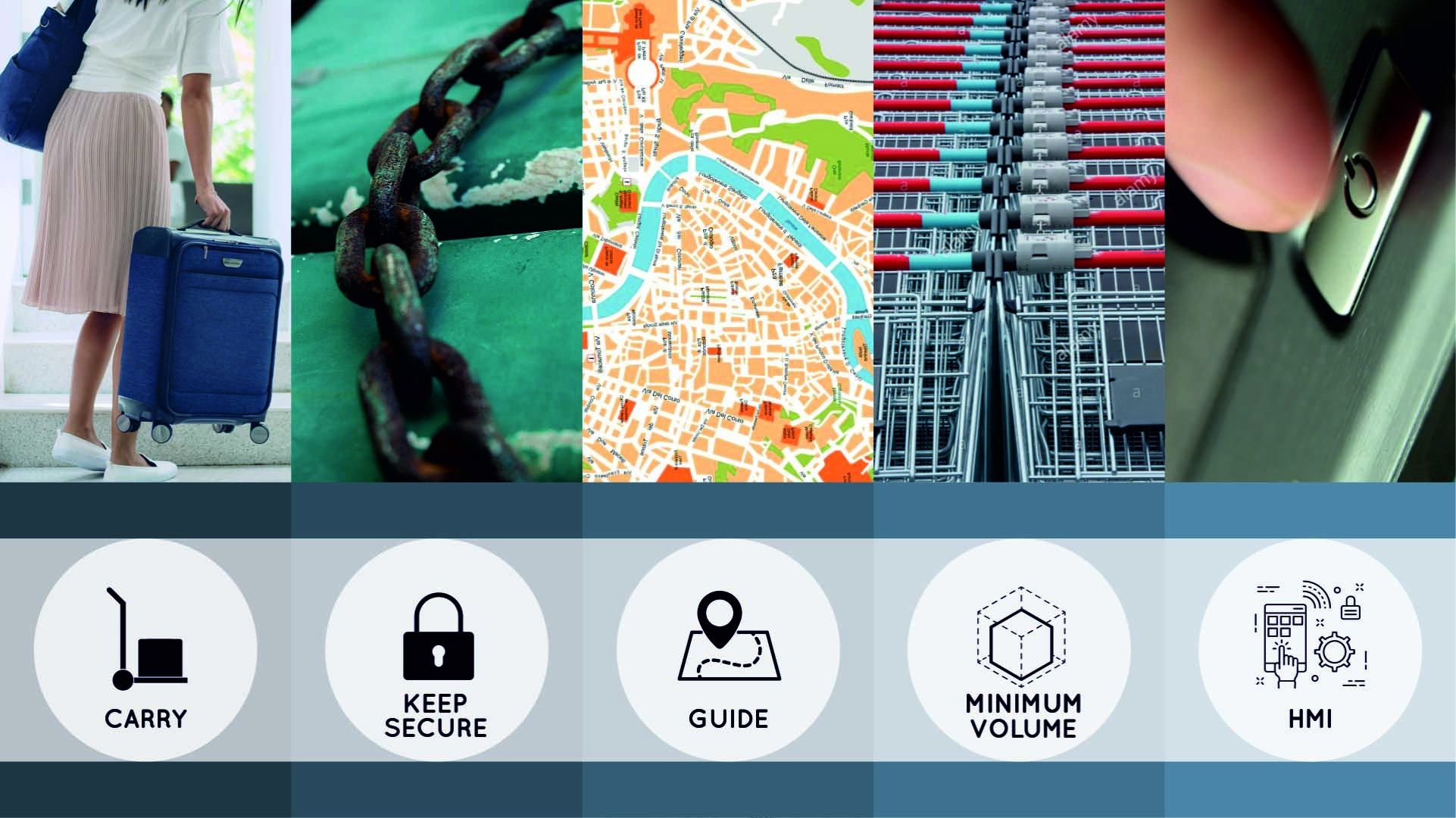

ATA was developed to have a perfect fit with all the possible variations of hand luggage, along with an intuitive visualization spot to keep secure your belongings.
The research performed show us the main features and characteristics that ATA should have. Those items that the people will need and would make the user experience so much easier, for this we integrate what we thought were the best fits in our design.
All the systems require a level of connectivity more now that the IoT products and 5G connection is gaining terrain, we tried to keep the most possible inside ATA but at the same time we give the freedom to connect with our product via web application.
Safety measurements and status visualization was one of the principal characteristics that pop-out in our research, so we included a belt that can grab most of the luggage handles, along with a system that is linked with the beacon, in this way the safety of your luggage will be always in your hand.
The light systems are to show any problem in the way, or any change in itinerary. At the same time, is linked with the security system increase the sensation of safety within the airport.
Stability is one of the main constraints of this project and similar products, due the stand by position of the inverted pendulum systems. For this we add a stability bar to create major stability and reduce the energy consumption in the idle state.
The user experience is divided in 4 phases: first is it necessary to find the drone in one of the charging stations. Then by scanning you ticket or using the app you will get access to your personal ATA unit. After this, load your luggage and follow the instruction or program an interaction; on this configuration you can play with three different modes: Follow (the drone follows you everywhere with the help of the beacon system), Guide (the drone guides you whenever you need to go) and Auto (when is not use it and goes back to the charging rack).
In the engineering process different studies where performed in order to have the best of our design. Several iterations of FEA where made to create an optimized structure, besides a specific analysis was perform in the security system to ensure that is not possible to break.
Also, all the component where design for manufacturing, following process capable to be produce for a batch size of 10,000 units.
This project intregates a wide part of the learning inside the master of Design & Engineering.